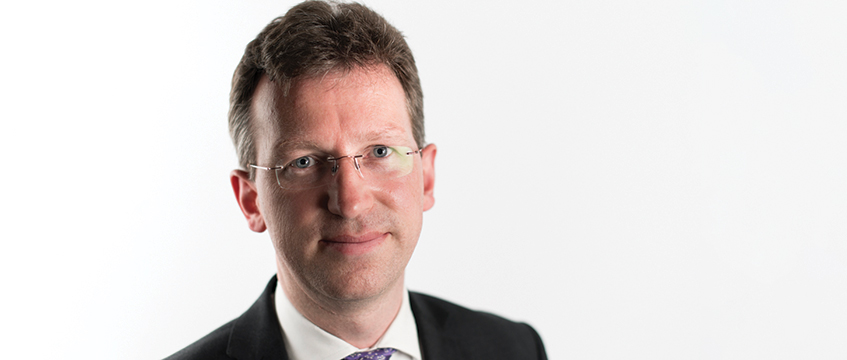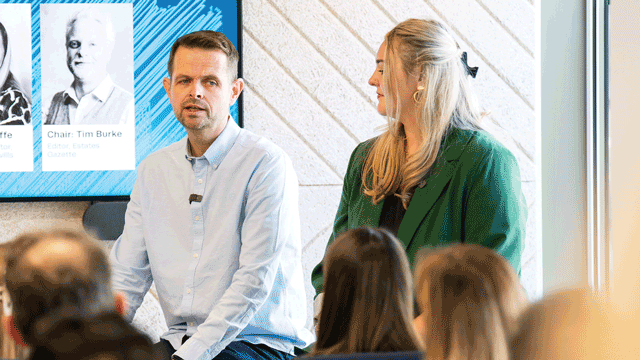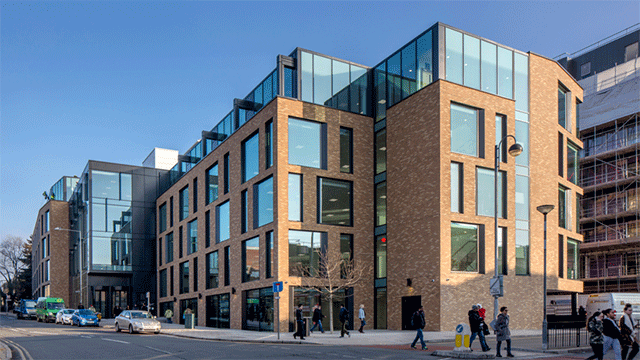Our homes are not only a place of security and comfort but also increasingly a modern workplace. New businesses can achieve a global reach in seconds and the growing popularity of flexible working can help parents, older workers and disabled people continue to play an active part in the workforce. Such opportunities can only be realised with modern infrastructure.
Digital connectivity is the key that unlocks this new productivity.
Nearly half of the Institute of Directors’ members say that improved connectivity at home would help their employees to work more flexibly. It also comes as no surprise that it is one of the top issues that renters consider when choosing where to live. But good information on connectivity can often be hard to find, especially for new-build properties with no previous tenants.
A new initiative from WiredScore is a rating scheme for homes, so people can see how strong connectivity is in a property before they move in. It will help provide greater transparency and allow landlords to benchmark and strive towards quality connectivity.
Projects like this should be commended and are an important part of the package of work that is needed if we are to be a truly world-leading digital economy.
More needs to be done
Over the past few years the government has been working hard to deliver this. Nearly 97% of premises are capable of getting superfast broadband and more than 2m premises now have access to a full fibre connection. But more needs to be done.
We want to see 15m premises connected to full fibre by 2025, with coverage across all parts of the country by 2033.
Some network builders are currently facing challenges upgrading flats and apartment blocks with fibre. This is due to absentee or unresponsive landlords who they need to seek from permission in order to access the properties.
We intend to bring forward legislation to address the issue as soon as possible because we are committed to creating a legislative and regulatory environment which supports investment and the fast deployment of digital infrastructure.
Outside-in strategy
Where there are limits to what industry can achieve on its own, especially in rural and remote areas, we are pursuing an outside-in strategy to make sure that even the most difficult to access areas benefit from digital connectivity. Our recently launched Rural Gigabit Connectivity programme will trial new approaches to fibre deployment in hard-to-reach areas.
And we want the UK to be a world leader in 5G – the future of wireless connectivity that will open up new areas of growth for our economy. We are spending £200m on a programme of 5G trials to put the UK at the cutting edge of this exciting technology.
On top of this, there is a big programme of work underway to get the best possible deal for consumers – with industry, government and Ofcom all having a role to play.
Putting consumers first
What I like about the WiredScore initiative is that it puts consumers first. We’ve been clear that the telecoms experience for consumers, especially for the vulnerable and less engaged, needs to improve and we are working with Ofcom and other regulators to safeguard these interests.
As a result, consumers can now compare providers based on the quality of their services, and find out the broadband speed or mobile coverage they can expect in their areas. And they have the option to exit their contract with no penalty when their broadband speeds fall below a minimum guaranteed speed.
This is just the beginning and we are working on new measures to further strengthen consumer protection, which we hope to announce in the coming weeks.
Our future prosperity and productivity depends on consumers having trust in new technology and making the most of the opportunities it provides. When it comes to building new homes, we need to make sure that digital connectivity is seen as just as essential as bricks and mortar. These are the foundations upon which a modern digital economy is built.
Jeremy Wright is secretary of state for digital, culture, media and sport











